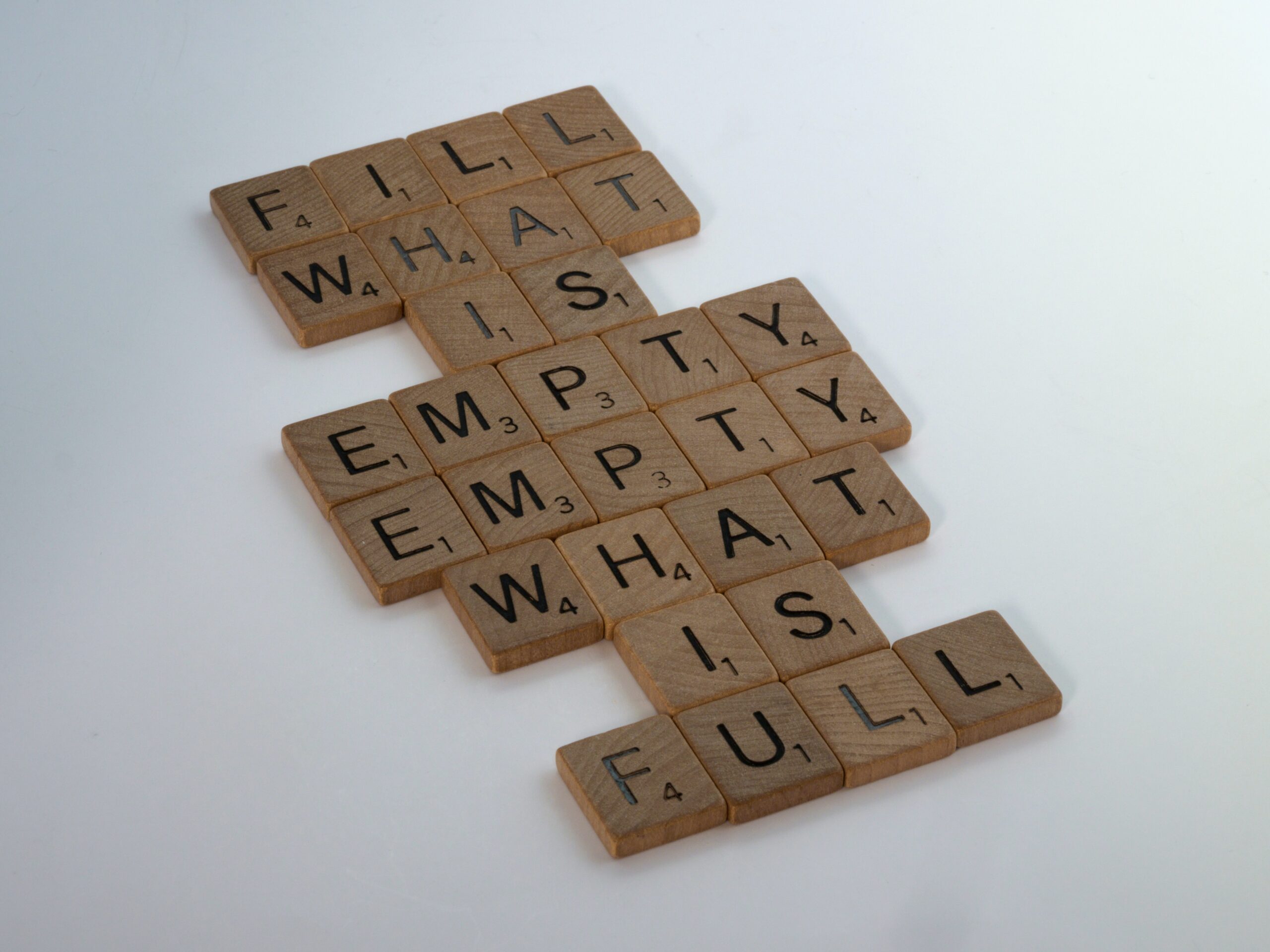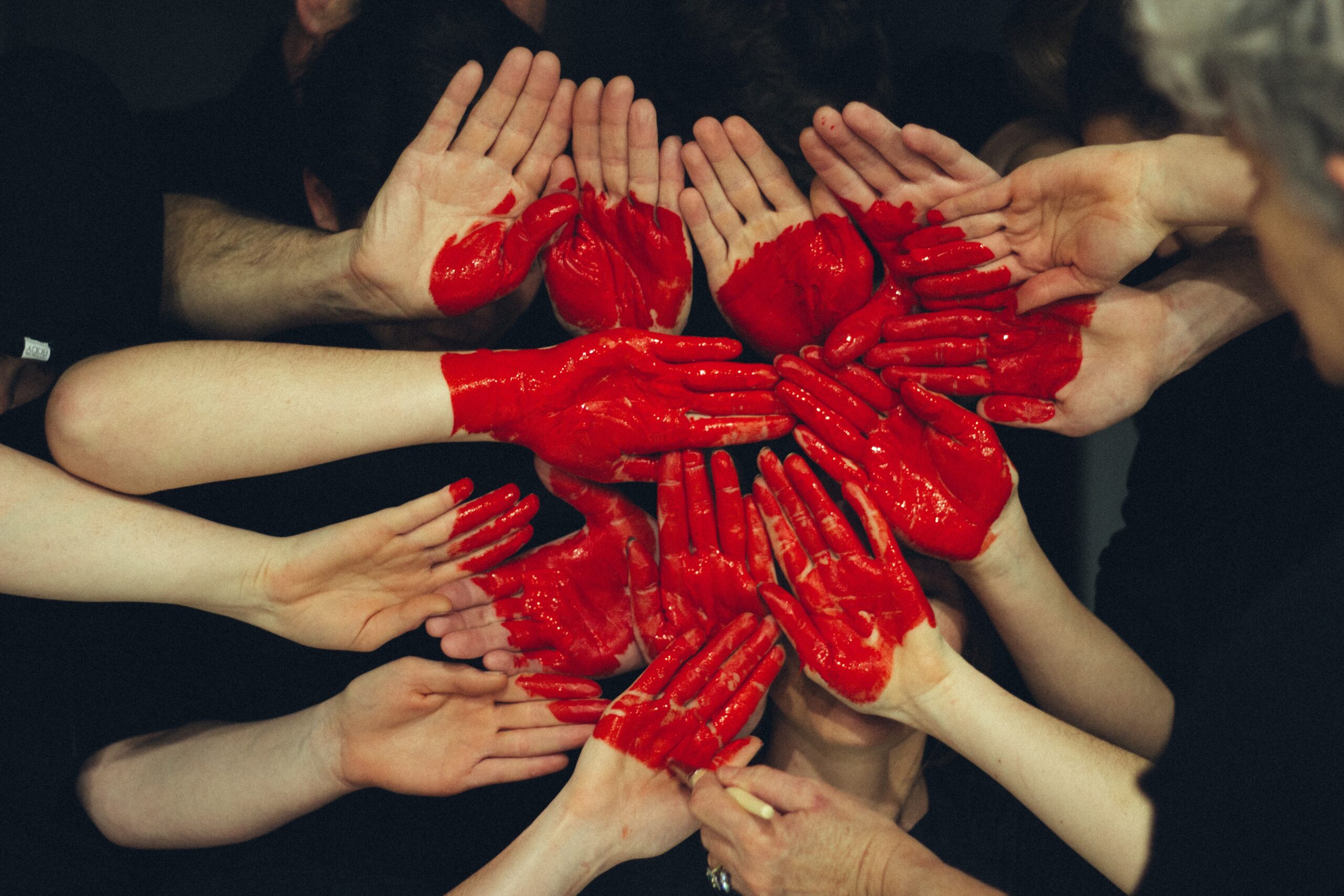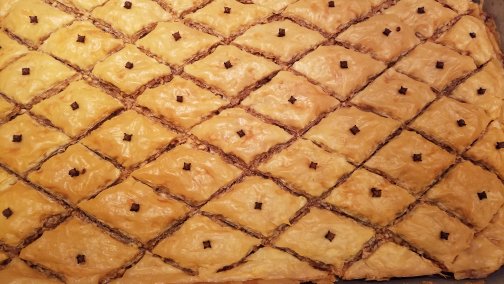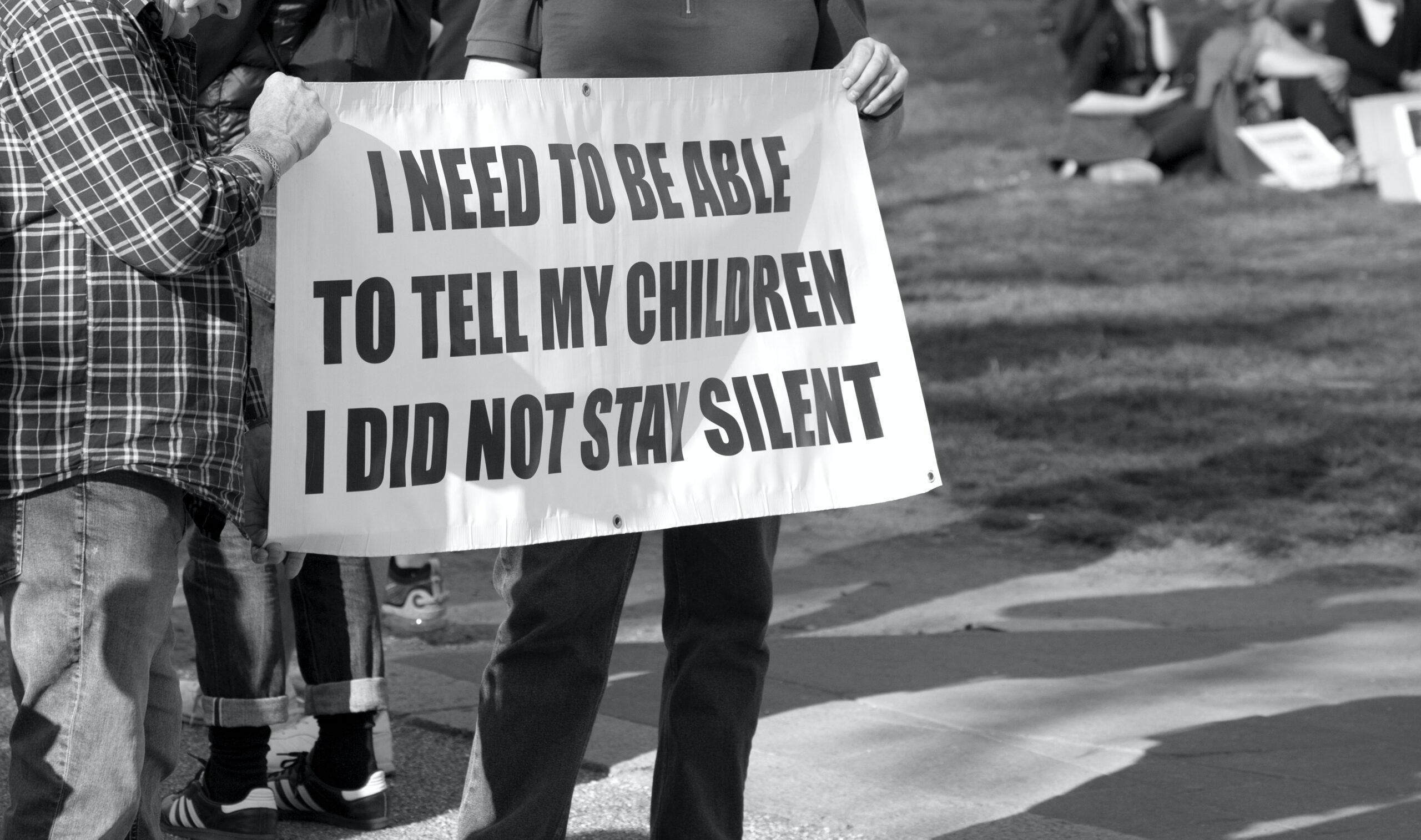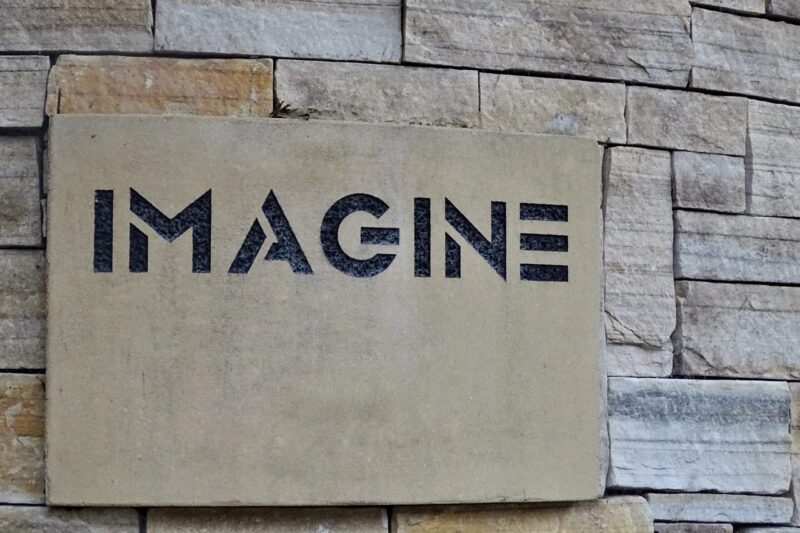Well, it’s official: I’m in transition.
After seven years of facilitating The Butterfly Series, a transition in and of itself, I’m now feeling the uneasiness of a transition “sandwich.” My eldest son leaves for college this August and that’s the beginning of my empty nest. In 2022 I have a milestone birthday (aka diamond jubilee), which some traditions believe is the beginning of a new life cycle. The last piece in the sandwich is that my youngest son will leave for college in 2023. Given this threesome of upcoming events, over which I have little-to-no control, I feel unsettled and definitely in the muck.
Using the metaphor of a butterfly’s development that I’ve used as the structure for my workshops — I’m feeling the need to go within: namely to quiet the mind and spend time being present with myself and what’s happening in and around me. Essentially, I feel the need to create a chrysalis and simply cocoon for a year.
Given that, I’ve decided a couple of things:
- I will not offer Butterfly Series workshops in 2022, but will hold monthly raffles of my book and other butterfly goodies
- I will continue writing and sharing blog posts via my monthly newsletter
- I will spend Fridays finishing and publishing my book, Woman Being: Incantations on Freedom (see more below) and,
- Yes, I will continue working as a coach and workshop leader
A big reason for this decision is that I used to have a Friday writing practice, which I substituted with the writing I did in my Butterfly workshops (as both facilitator and participant) beginning in 2015. The experience of writing regularly with the Butterfly groups has been truly wonderful. In order to finish a book, though, I need consistency and focus and since most of The Butterfly Series workshops take place on Fridays, I no longer have that time. In 2022, I’ll return to the structure and see what awaits me. Also, The Butterfly Series keeps me busy — visualize a butterfly flying from flower to flower drinking sweet nectar and pollenating. I feel the need to slow it all down. It’s a calling coming from deep within my soul.
I recently began reading Transitions (1980) by William Bridges. I’d been most familiar with his book Managing Transitions (1991), but hadn’t dug into this earlier work. One of the things that struck me most is his teaching that “[E]very transition begins with an ending.” That statement helped ground me in the transitions on my horizon. There’s a lot I have to let go of metaphorically before I will be ready for the next phase: my sons being dependent on me and at home every day; my identity as a young person; and my relationship to how my body used to act and look.
When I sought inner guidance on how to handle all these changes, the message I received was “guiding you back to the present.” Somehow that calmed me down and gave me freedom and permission. What I’m taking away from this guidance is that the way forward is to be fully aware of each moment and not lose myself in the worry, anxiety, and anticipation of what might happen on the other side of my empty nest and big birthday. I want to be there for myself as all this transpires, as much as I am available to others. I also want to savor the time with my younger son, as I am seeing now (with my one son moving East) how easy it is to look back and wonder if I did all I could to be available and loving.
Taking all this to heart, I ordered ten “be present” tattoos to remind me of my work during the next period of life. In truth, that teaching is something I can take with me forever, but right now I’m just happy to have it by my side as constant reminder of how to expand time, not fret it away.
